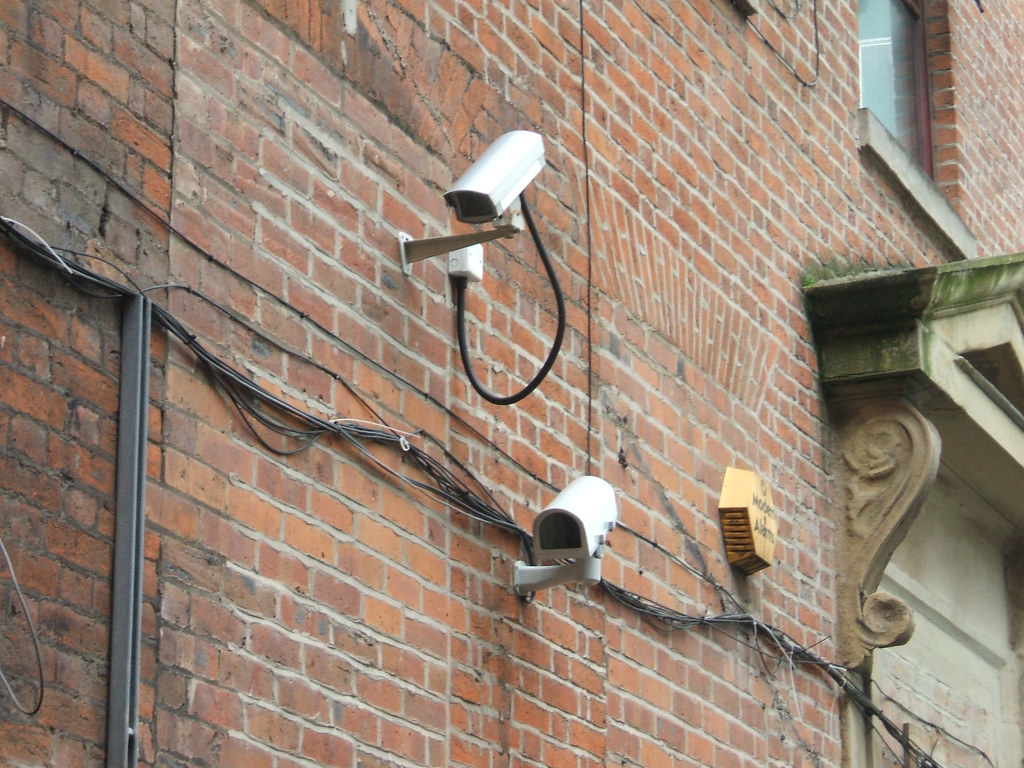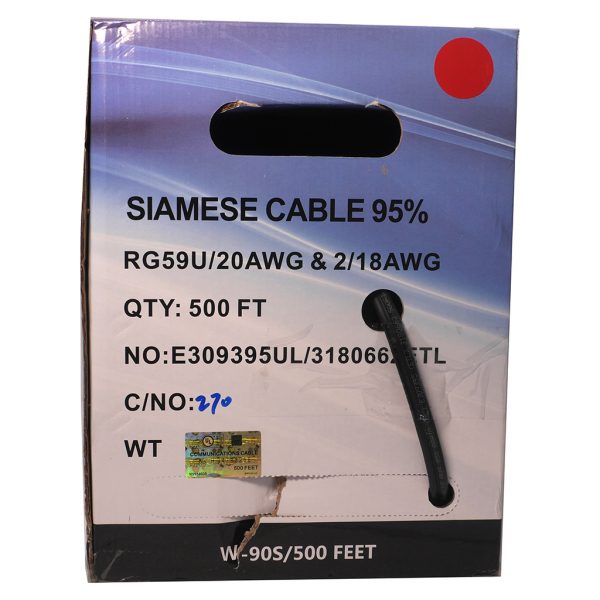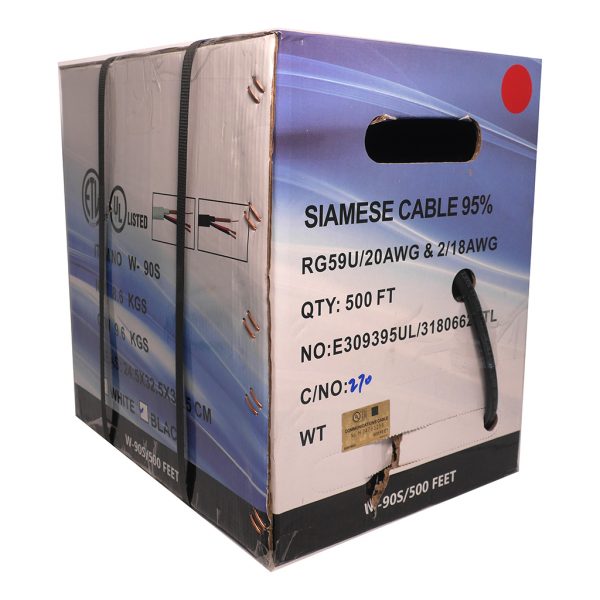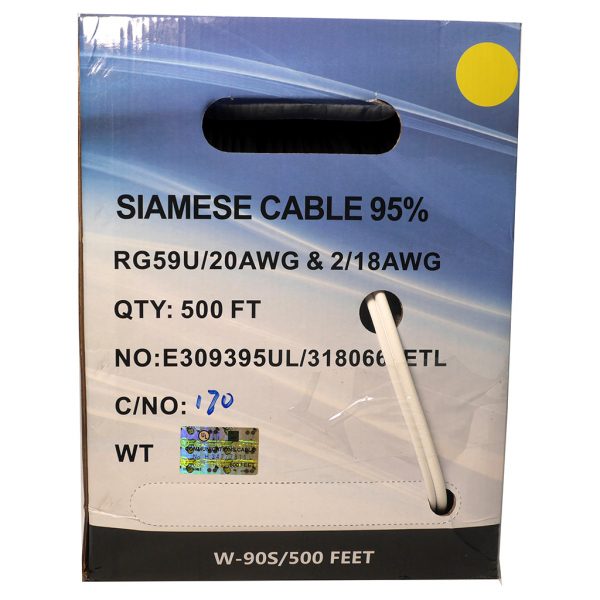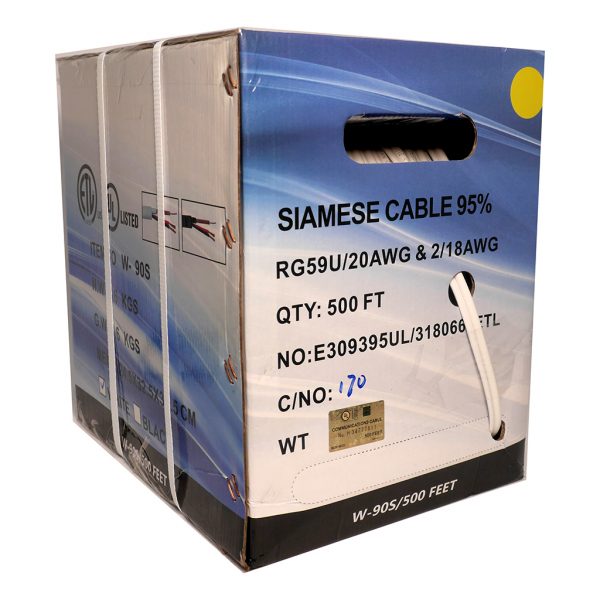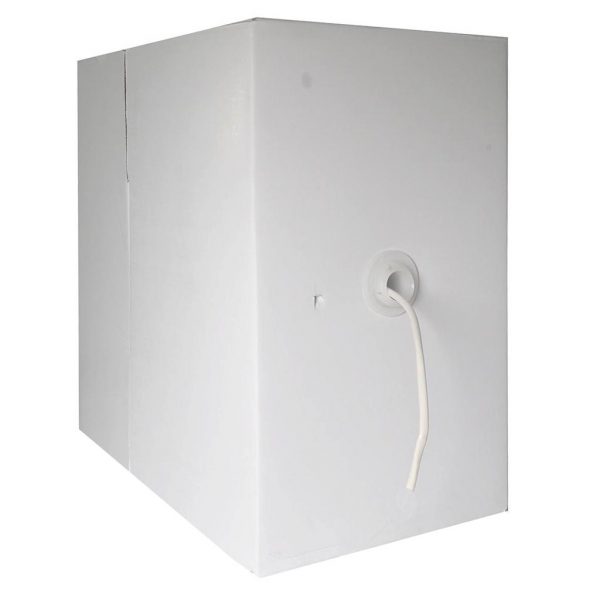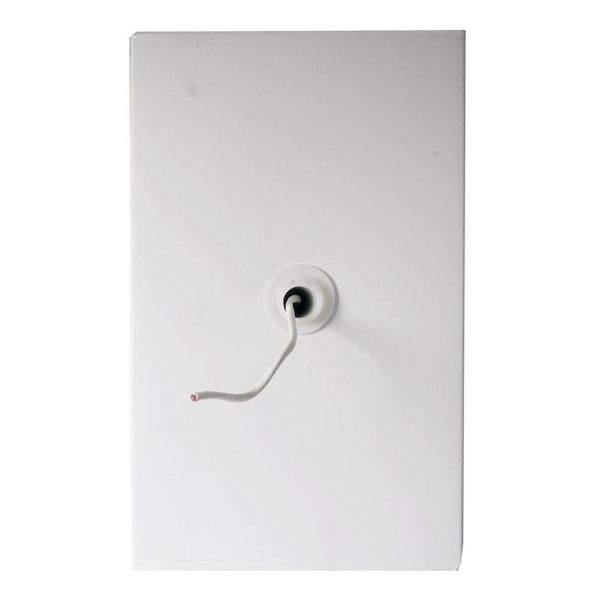Hiding security camera cables not only improves the aesthetics of your installation but also protects the cables from tampering and environmental damage. This guide provides various methods to conceal security camera cables effectively and securely.
Tools and Materials Needed:
- Cable clips or cable ties
- Conduit (PVC or metal)
- Cable raceways
- Wire fishing tools (fish tape)
- Drill and drill bits
- Screwdriver
- Wall anchors and screws
- Wall plates
- Paint (optional, to match wall color)
- Tape measure
- Level
Step-by-Step Methods:
- Using Cable Clips or Cable Ties:
- Attach Cable Clips: Secure the cables along the walls using cable clips. Space the clips evenly to prevent sagging.
- Use Cable Ties: For a cleaner look, bundle the cables together using cable ties and secure them along a fixed path.
- Hiding Cables in Conduit:
- Measure and Cut Conduit: Measure the length of the conduit needed and cut it to size.
- Run Cables Through Conduit: Feed the cables through the conduit. This protects them from physical damage and weather exposure.
- Mount the Conduit: Attach the conduit to the wall or ceiling using appropriate brackets and screws. Ensure the conduit is securely fastened.
- Installing Cable Raceways:
- Choose Raceways: Select cable raceways that match your wall color or can be painted to blend in.
- Measure and Cut Raceways: Measure the required length and cut the raceways to fit.
- Mount Raceways: Attach the raceways to the wall using adhesive backing or screws. Slide the cables into the raceways and snap them closed.
- Paint if Necessary: Paint the raceways to match the wall color for a seamless look.
- Running Cables Through Walls:
- Plan the Route: Determine the best path to run the cables through walls, avoiding electrical wiring and plumbing.
- Drill Entry and Exit Holes: Drill holes at the entry and exit points for the cables. Use a fish tape to pull the cables through the wall.
- Install Wall Plates: Attach wall plates over the entry and exit holes to create a clean, professional finish.
- Hiding Cables Along Baseboards and Moldings:
- Remove Baseboards or Moldings: Carefully remove baseboards or moldings along the path where you want to hide the cables.
- Run Cables: Run the cables behind the baseboards or moldings and secure them in place.
- Reattach Baseboards or Moldings: Reattach the baseboards or moldings, ensuring the cables are hidden behind them.
- Using Decorative Elements:
- Conceal with Furniture: Place furniture such as bookshelves or cabinets along the path of the cables to hide them.
- Use Decorative Covers: Use decorative cable covers that blend with the room’s décor to hide exposed cables.
Additional Tips:
- Measure Accurately: Always measure the length of the cables and the route accurately to avoid having excess or too little cable.
- Secure Connections: Ensure all cable connections are secure and protected from damage.
- Regular Inspection: Periodically check hidden cables to ensure they are not damaged or disconnected.
Related Products
Frequently Asked Questions (FAQ)
- Why should I hide security camera cables?
- Hiding cables improves the aesthetics of the installation, protects cables from damage and tampering, and reduces tripping hazards.
- Can I hide cables without drilling holes?
- Yes, you can use cable raceways, conduit, or adhesive cable clips to hide cables without drilling holes.
- How do I hide cables for outdoor cameras?
- Use weatherproof conduit or run cables along exterior walls using cable clips and cover them with paint or siding to match the exterior.
- Is it safe to run security camera cables through walls?
- Yes, as long as you avoid electrical wiring and plumbing, and follow local building codes and safety guidelines.
- What should I do if I need to extend the cables?
- Use appropriate extension cables and connectors, ensuring they are weatherproof if used outdoors.

